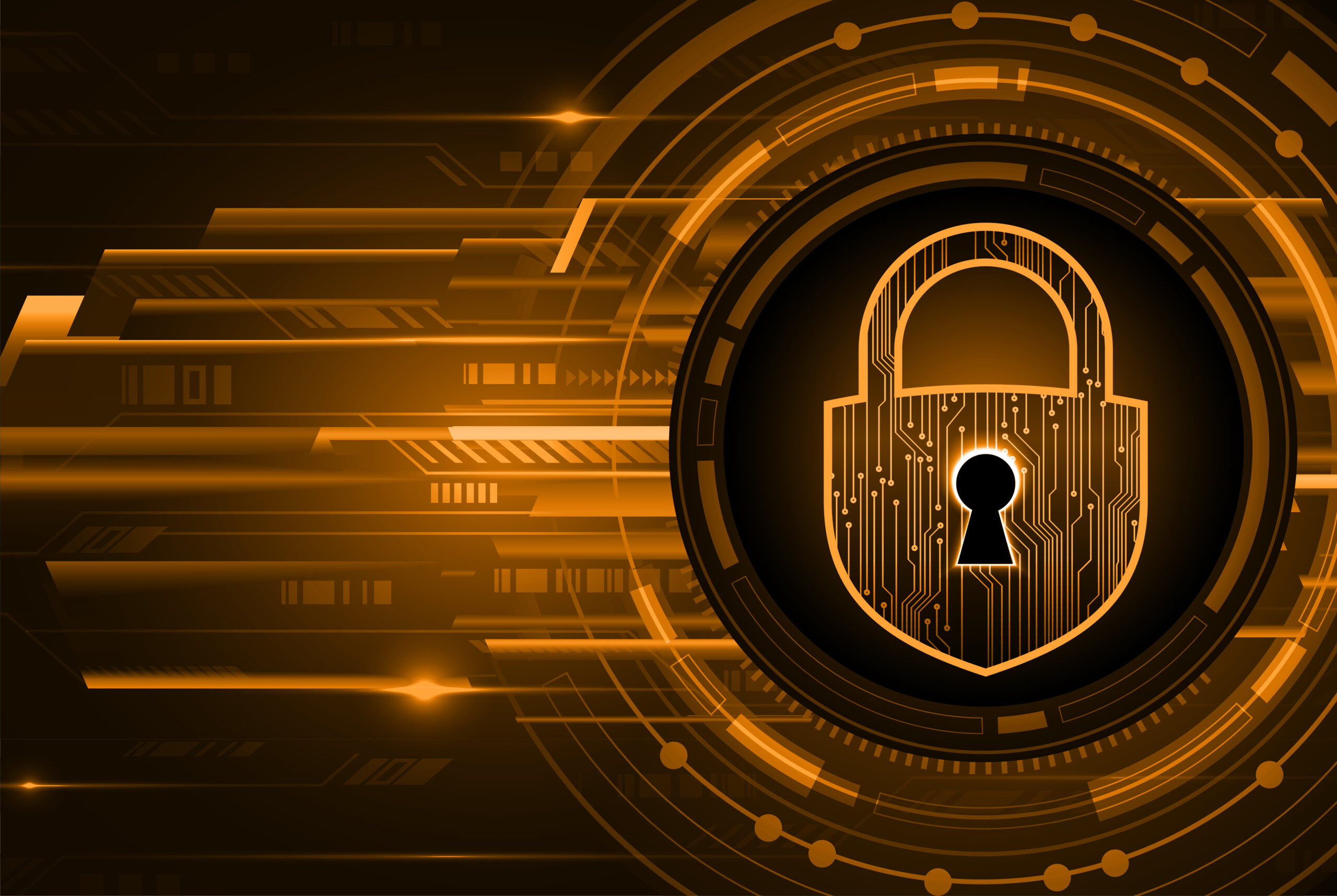As technology evolves, so too must our approach to cybersecurity. As developments in encryption offer stronger protection from malicious attacks, ensuring the safety of both data and users is a top priority. With the threat of quantum computing looming on the horizon, traditional encryption methods may no longer be secure. A new generation of cryptographic techniques must be developed to ensure that our data remains protected: quantum-resistant encryption. In this blog, we will explore what quantum-resistant encryption is, how it works, and why it’s critical for protecting our data from the future of quantum computing.
But first, let’s understand what is Quantum Computing.

Quantum computing is a form of computing that harnesses the power of quantum mechanics to solve problems. Unlike traditional computing which relies on bits, quantum computing relies on quantum bits, or “qubits”, which can exist in multiple states simultaneously. This property allows quantum computers to process information at an exponentially faster rate than traditional computers, making them potentially more powerful than any computer ever developed. For example, a quantum computer with a few hundred qubits can solve problems that would take a classical computer millions of years to solve.
Conventional encryption methods rely on mathematical problems that are too difficult for traditional computers to solve. However, quantum computers can easily solve these problems, allowing malicious actors to decrypt data that was thought to be secure. To combat the threat of quantum computing, researchers and security experts are turning to quantum resistant encryption.
Why Quantum resistance encryption?
Like traditional encryption, quantum resistant encryption relies on complex mathematical problems that are difficult to solve. However, quantum resistant encryption uses special algorithms that are specifically designed to be resistant to quantum computers. By using quantum resistant encryption, organizations can protect their data from the threat of quantum computing for the foreseeable future.
Quantum resistant encryption works by taking advantage of the unique properties of quantum mechanics. By encoding data with a special type of algorithm called a quantum key, users can ensure that their data remains secure even if a quantum computer is used to decrypt it.
The quantum key is generated using a series of complex mathematical calculations which can only be solved using quantum computers. As a result, if a malicious actor were to try and decrypt the data using a quantum computer, they would find that the key is unbreakable.
Approaches to Quantum resistance encryption
Currently, there are two main approaches to quantum-resistant encryption
1. Post-Quantum Cryptography (PQC)

PQC is the development of algorithms and protocols that are secure against quantum computers. Several of those algorithms have already been developed, such as lattice-based cryptography, code-based cryptography, multivariate-quadratic-equations cryptography and hash-based signatures.
2. Quantum Key Distribution (QKD)

QKD is an encryption method that uses the principles of quantum mechanics to securely distribute a key between two parties. It is based on the fact that any attempt to measure or observe the state of a quantum system will cause the system to collapse and the information contained in it to be lost.
While quantum resistant encryption is still in its infancy, several organizations are already utilizing it, including the U.S. National Institute of Standards and Technology (NIST) and the U.K.’s Centre for the Protection of National Infrastructure. Quantum resistant encryption is the future of data protection. By utilizing quantum resistant encryption, organizations can ensure that their data remains safe in both the present and the future.
Conclusion:
By securing tomorrow today, organizations can ensure that their data remains protected for years to come. And to help the organizations, we have developed a revolutionary quantum-safe encryption file transfer solution: Blaze, based on Kyber-1024 + 256-bits Elliptic Curve secured key exchange, and 256-bit AES encryption to protect your data from quantum computer threats.
Don’t forget that even just a few seconds of time can make all the difference between defending against an attack or suffering a breach
We are ready to conquer the future with blaze Quantum-safe encryption. Are You?




